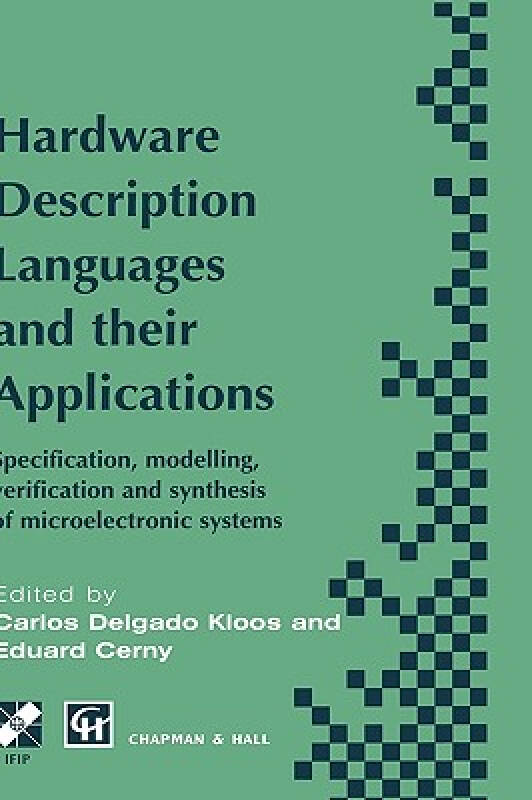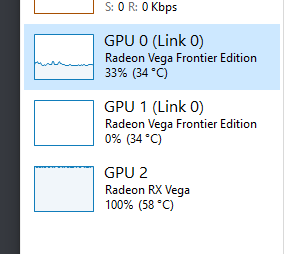DAQ Hardware: A Comprehensive Guide
DAQ Hardware: A Comprehensive Guide provides a detailed understanding of data acquisition (DAQ) hardware, which is crucial for acquiring data from sensors, experiments, and other sources in various fields such as engineering, science, and technology. This guide explains the essential components of DAQ hardware, including analog-to-digital converters, digital-to-analog converters, sample-and-hold circuits, and filters. It also discusses important considerations when selecting and using DAQ hardware, such as resolution, accuracy, speed, and noise performance. Additionally, this guide provides information on configuring and programming DAQ hardware using various software tools and programming languages. Whether you are a beginner or an experienced user, this guide will help you to understand and use DAQ hardware effectively.
Data acquisition (DAQ) hardware is a crucial component of any system that requires the collection, processing, and storage of data. DAQ hardware interfaces with sensors, actuators, and other devices to capture physical measurements such as temperature, pressure, and velocity. In this article, we will explore the essential features and considerations when selecting DAQ hardware for your application.
1. Types of DAQ Hardware
DAQ hardware comes in a wide range of configurations to suit different applications. The most common types include:

Standalone DAQ Devices: These are self-contained units that have their own power supply and can operate independently from a PC or other device. They are typically used in harsh environments or for portable data acquisition applications.
PCI/PCIe DAQ Cards: These are hardware devices that plug into the PCI or PCIe slots of a computer. They provide high-speed data acquisition capabilities and are suitable for applications that require high-performance data processing.
USB DAQ Devices: These are DAQ devices that connect to a computer via a USB port. They are often used in applications that require low-cost, low-power data acquisition solutions.
Networked DAQ Systems: These systems consist of multiple DAQ devices connected to each other or to a central server via a network. They are suitable for distributed data acquisition applications where data is collected from multiple sources and processed centrally.
2. Key Considerations when Selecting DAQ Hardware
When selecting DAQ hardware for your application, you should consider the following factors:
Performance: The performance of the DAQ hardware is crucial to ensure accurate and timely data acquisition. Look for devices with high sample rates, low noise, and good linearity to ensure the best performance for your application.
Accuracy: Accuracy is another important factor to consider. Look for DAQ devices with high accuracy specifications to ensure that the data collected is reliable and accurate.

Resolution: Resolution refers to the number of bits used to represent the data. Higher resolution devices can provide better data quality but may also require more processing power and memory. Select a device with an appropriate resolution based on your application's requirements.
Input/Output Channels: The number and type of input/output channels required will depend on the application. For example, if you need to measure temperature, you will need a device with temperature input channels. Similarly, if you need to control a motor, you will need a device with output channels capable of delivering the required current and voltage.
Connectivity: Consider the connectivity options available on the DAQ hardware. For example, some devices may have built-in Ethernet or Wi-Fi capabilities, which can be useful for connecting to a network or for remote monitoring applications. Other devices may have USB or serial ports for connecting to additional peripherals or computers.
Power Consumption: If you are using a standalone DAQ device, consider its power consumption. Some devices may have their own power supply, while others may require external power from a PC or other source. Ensure that you have sufficient power available to meet the requirements of your application.
3. Conclusion
DAQ hardware is essential for many applications that require data acquisition, processing, and storage. Selecting the right DAQ hardware can be challenging due to the wide range of available options and considerations. By understanding your application's requirements and carefully evaluating the features and specifications of each device, you can find the right DAQ hardware for your application and ensure accurate and reliable data acquisition.
Articles related to the knowledge points of this article:
Gonzales Hardware: A Legacy of Quality and Innovation
Strap Hardware: The Backbone of Everyday Carry
ATLAS HARDWARE: A PIONEERING FORCE IN HARDWARE INNOVATION



